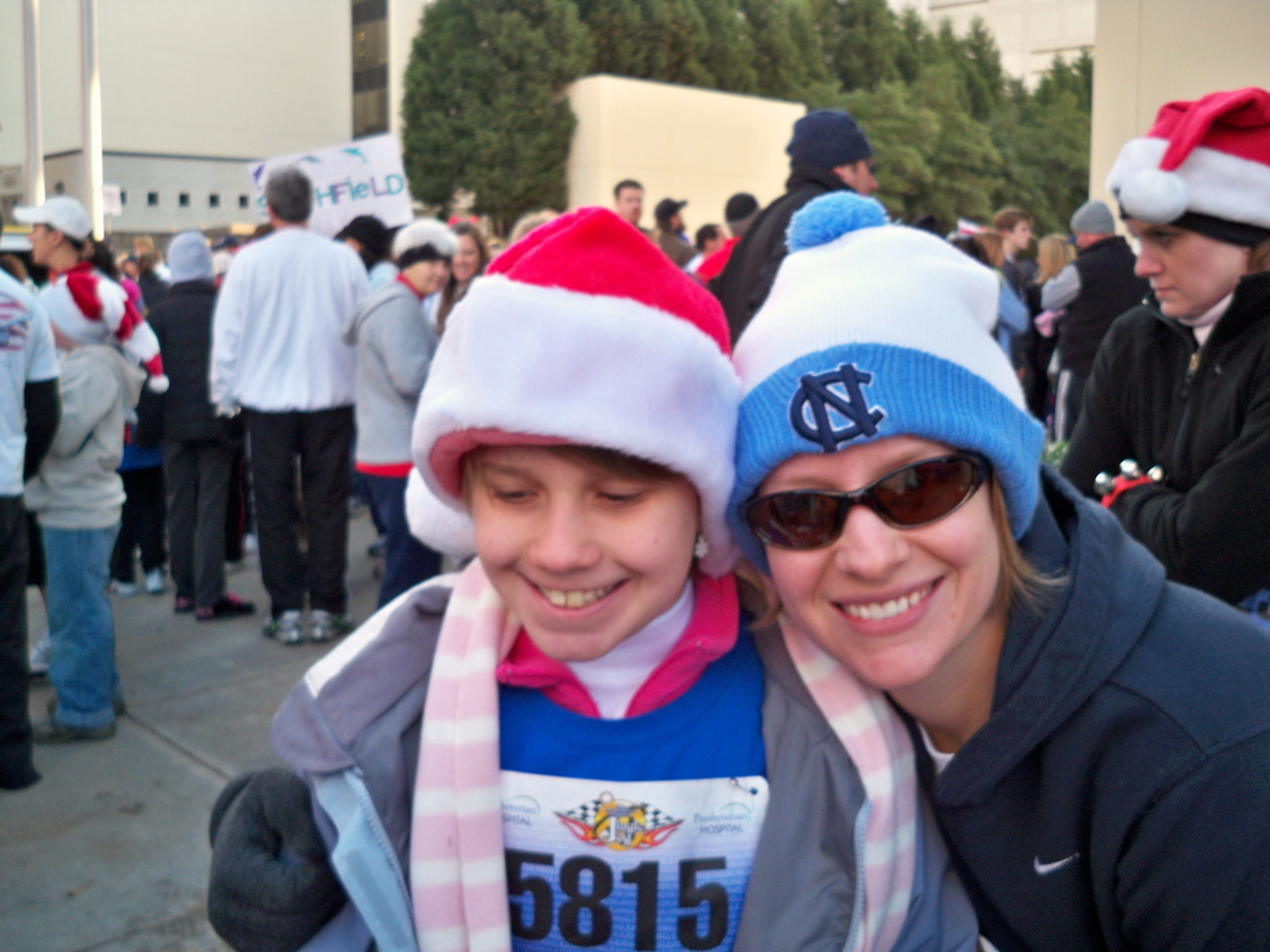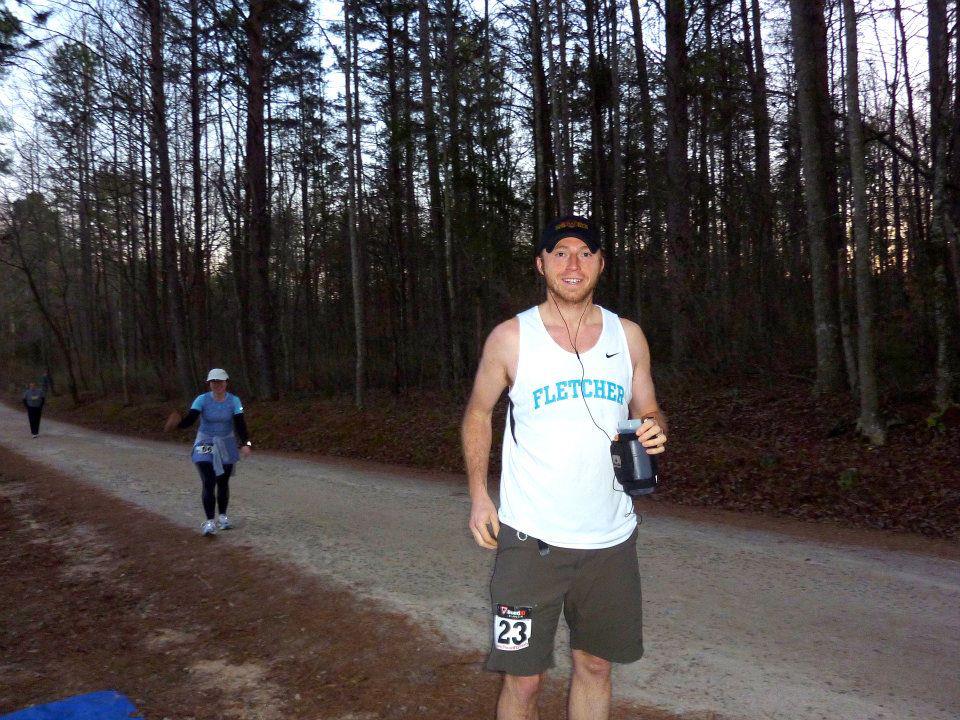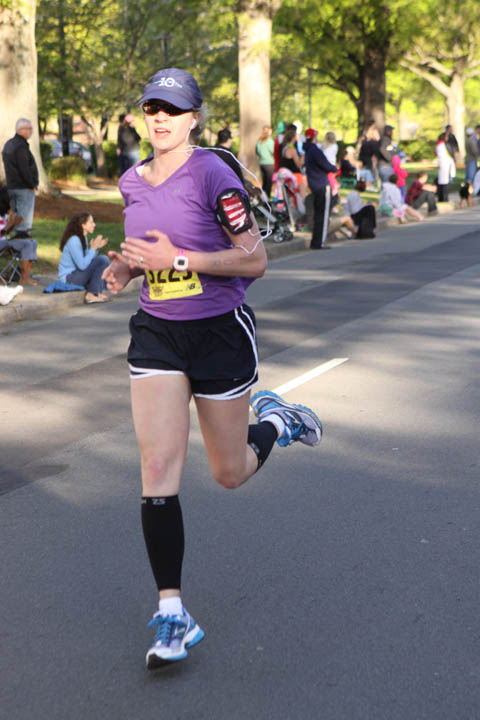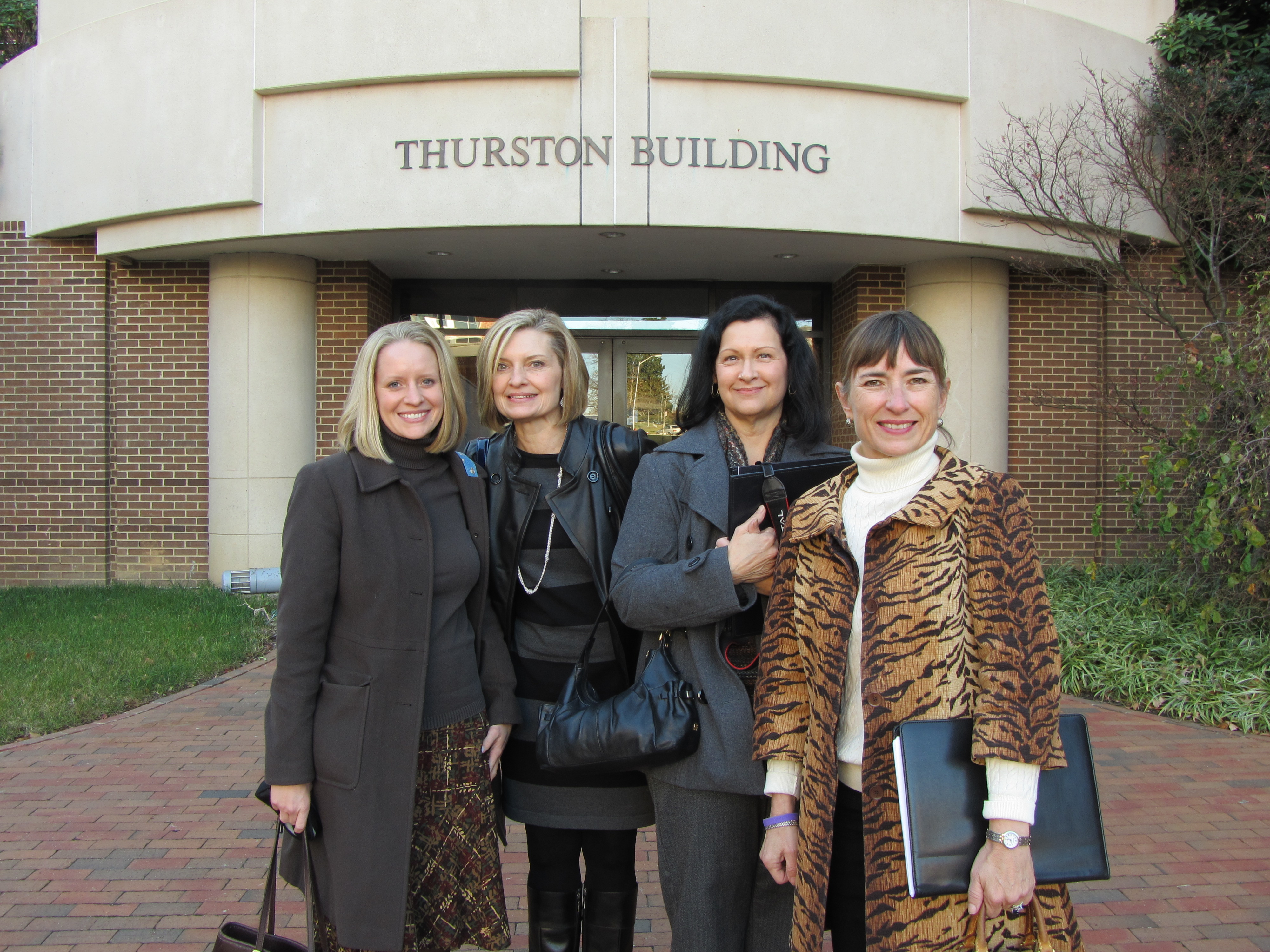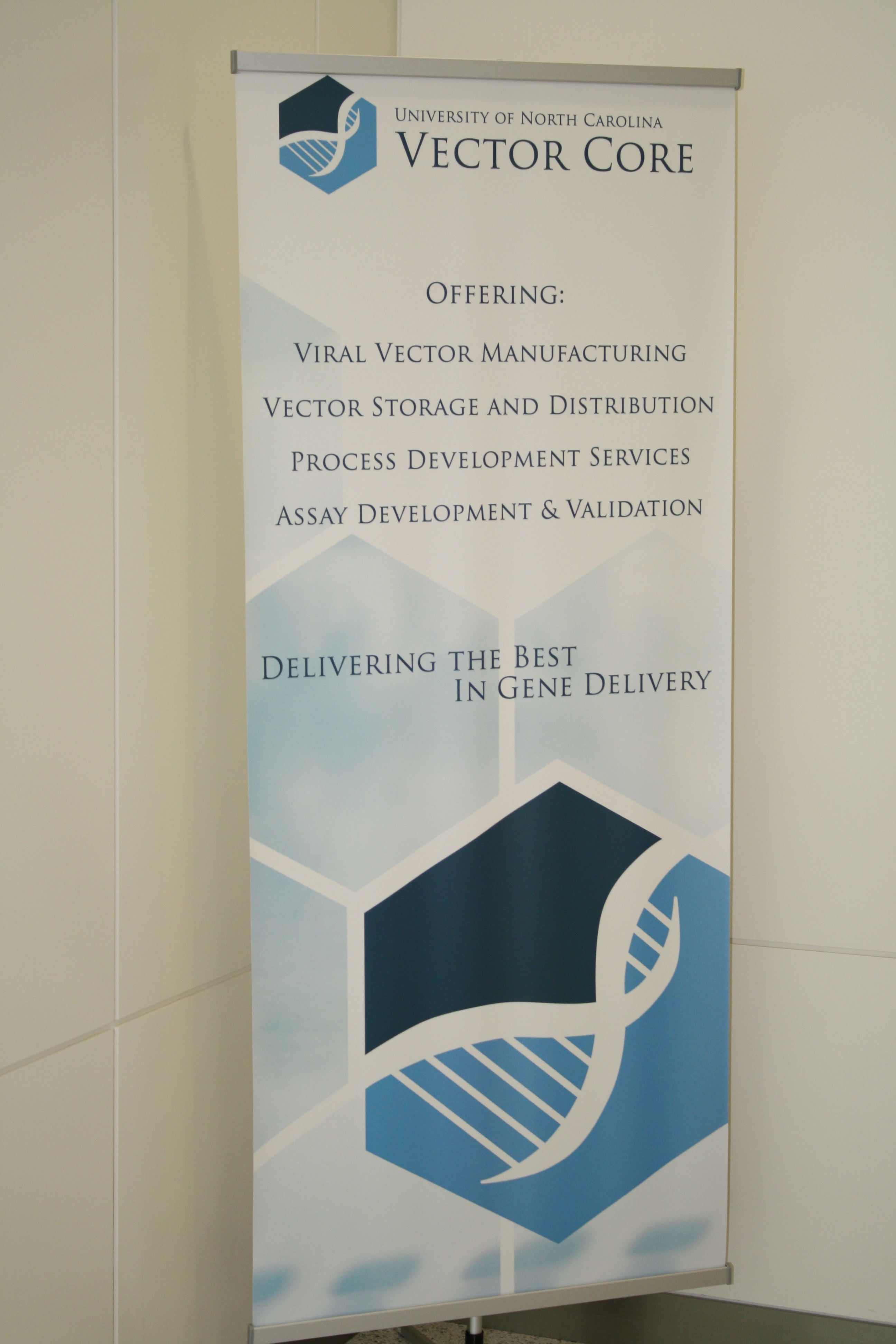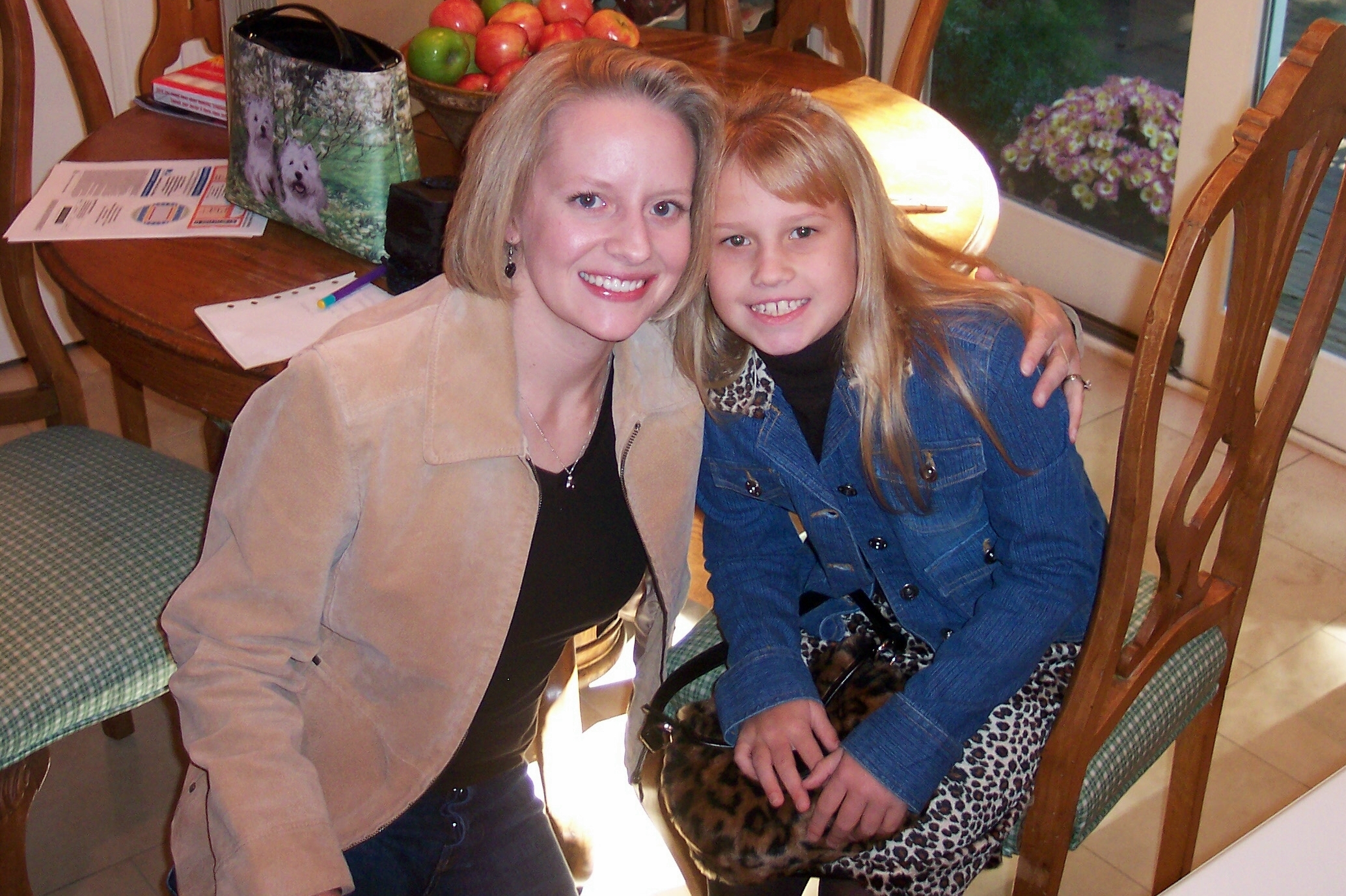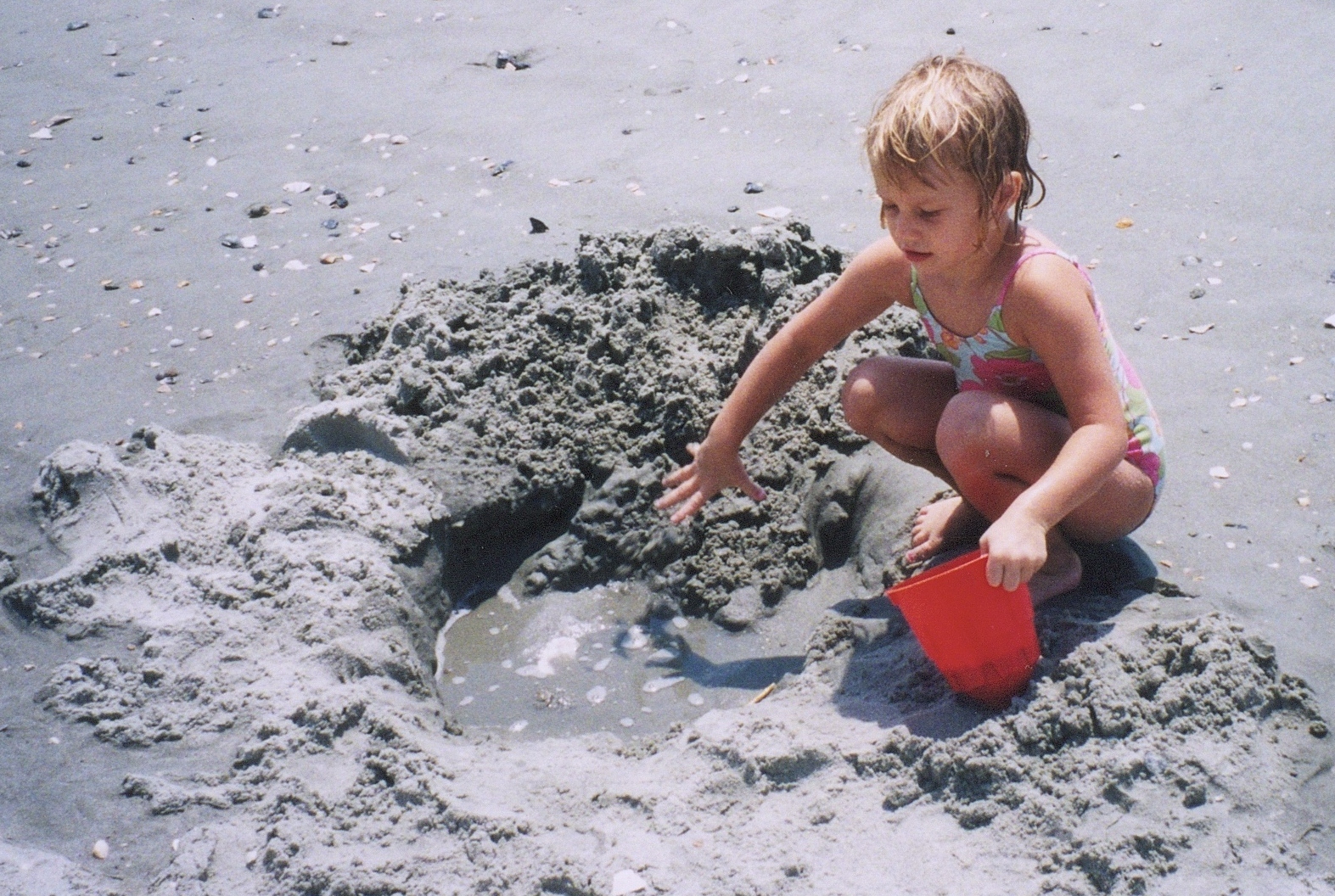My little sister, Taylor, has Batten disease. But that didn’t stop her from signing up for Girls on the Run in the fall of 2008, at the start of her fifth grade year at The Fletcher School. The degenerative disease had already stolen her vision and made it difficult for her to learn new things, but more than anything, Taylor wanted to be a normal kid, and she dared Batten disease to get in her way.
In the afternoons after school, Taylor and her girlfriends met at the track for practice. They developed good fitness habits and learned about teamwork, and they learned to believe in themselves. An upper school student named Mary-Kate stayed after school to practice with the younger girls. When it came time to walk or run around the track, she and Taylor each took one end of a modified jump rope – my sister’s lifeline to a normal experience she desperately craved.
At the last practice of the semester, the girls ran a “practice” 5K around the school track. All of the other girls finished their laps before Taylor and Mary-Kate. Then, as the pair rounded the corner and began their final lap, something magical happened. One by one, everyone on the sideline joined my sister and her sighted guide on the track. Soon, the whole team, plus the coaches and others there to watch the practice, fell into stride with my sister and ran her final lap with her. Girls on the Run Founder Molly Barker happened to be on campus that day to watch practice and meet the girls; she captured this incredible moment in a story for North Carolina’s Endurance Magazine that Gap Inc. also featured in a national campaign last year.
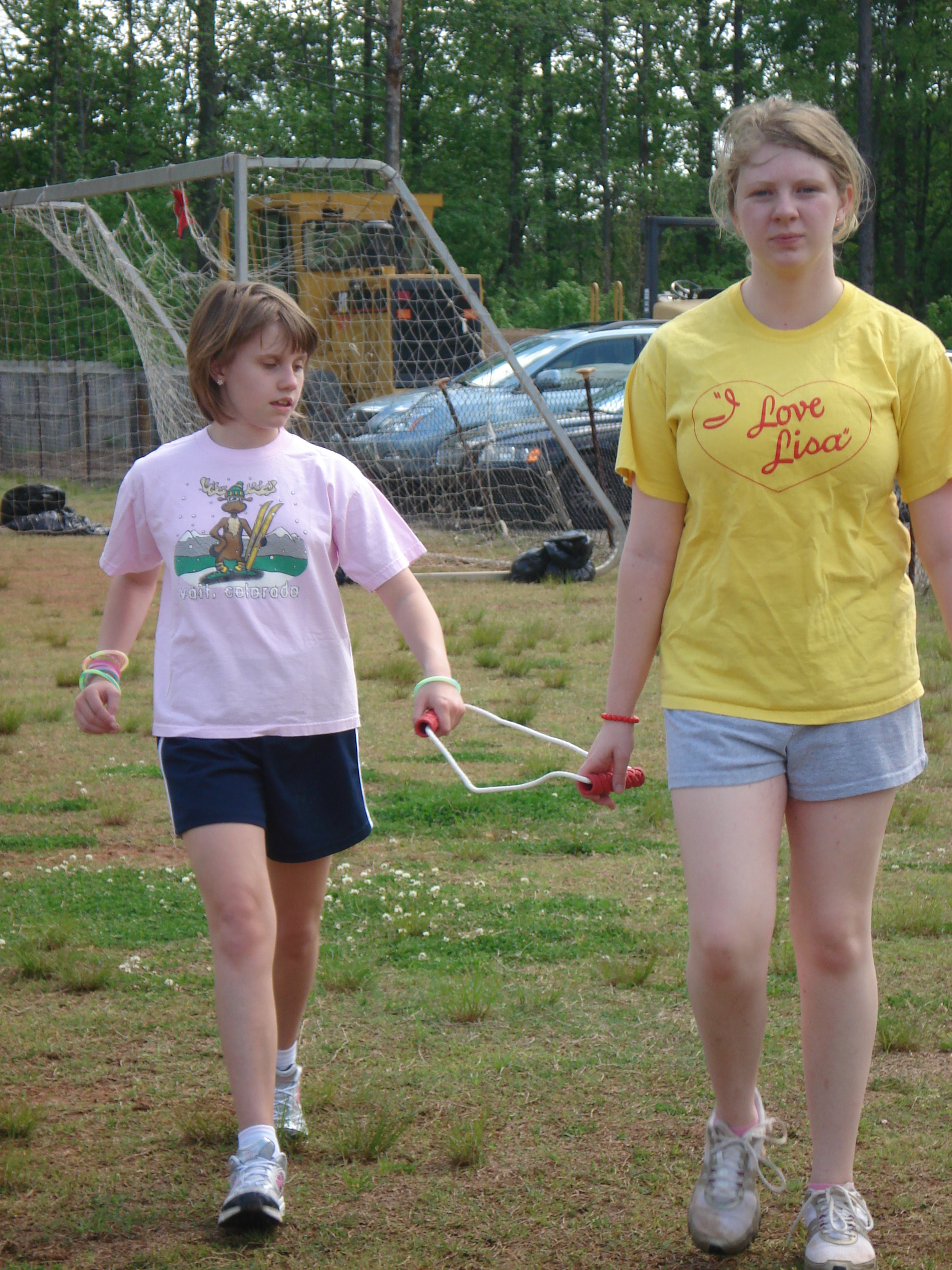
The team’s first REAL race took place on a chilly morning that December at the Jingle Jog 5K, run on the streets of uptown Charlotte in conjunction with the Thunder Road Marathon and Half Marathon. Mary-Kate told us that Taylor stumbled and fell several times on the course, but that after each fall, she pulled herself up, said she could keep running, and did just that. The tethered pair finished the race in just under an hour. They didn’t run fast enough to win an official award, but watching them cross that finish line remains one of the most moving things I’ve ever witnessed. In that moment, I realized that I could never, EVER give up on my sister or my fight against Batten disease. And when the trees bloomed that next spring, I started running for her.
I’ve run thousands of miles for Taylor since that day at the finish line of the Jingle Jog 5K. I run the Thunder Road Half Marathon every year and run various other races in Charlotte and elsewhere, from 5Ks to 10 milers, and I’ve shaved more than 30 minutes off my half marathon time since my first go at the 13.1 distance in 2009. But I’ve never come close to achieving the kind of feat my sister accomplished, because I’ve run every race with the benefit of my vision. That’s why, to honor the five-year anniversary of her incredible achievement, I plan to run the 2013 Thunder Road Half Marathon blindfolded.
I’ll be tethered to my good friend, Andrew Swistak. Andrew is an avid runner and is also on staff at The Fletcher School, where my sister spent six wonderful years and met many guardian angels. I’m grateful to have Andrew’s support as well as the support of the folks at Run For Your Life, who put on the Thunder Road Marathon and Half Marathon.
I’m in half marathon shape now, but I’m not ready to run 13.1 miles – or even 13.1 feet – without my eyes. Have you ever closed your eyes and tried to move around? It’s not easy to run in the dark. I’m in awe of Taylor’s spatial awareness and courage. Andrew and I have some practicing to do between now and Nov. 16, but we’ll be ready.
I’m doing this mainly to raise awareness of Batten disease, but donations to Taylor’s Tale are always greatly appreciated. Currently, Taylor’s Tale and five partners are supporting gene therapy for infantile and late infantile Batten disease at the University of North Carolina Gene Therapy Center. This promising work could lead to treatments for not only rare diseases such as Batten disease, but also more common diseases like Parkinson’s disease, Alzheimer’s disease and ALS (Lou Gehrig’s disease). If all goes well, this work could be ready to go to clinical trial at UNC in just a few years.
Please share this story to help us build awareness! We’re making incredible progress in the fight to save people like Taylor, but we need the support of friends like you to continue to make a difference.
I have a little bit of my sister in me; I believe, and I dare Batten disease to get in my way!
To support my run and our fight to develop treatments for Batten disease and other genetic diseases, click here.
NEW: Join the Taylor’s Tale team at Thunder Road! Click here to register for the marathon, half marathon or 5K. On the second page of registration, under “Event Groups/Teams,” select “Taylor’s Tale” from the list under “Choose an Existing Group.” Run for us to help raise awareness on race day. Stay tuned for more details, including special shirts for team members and an informal post-race event!

